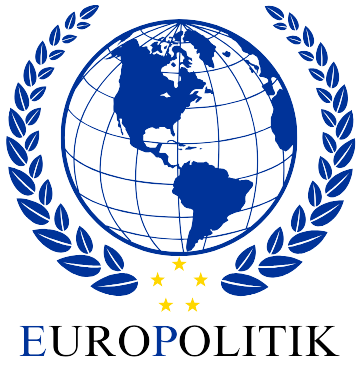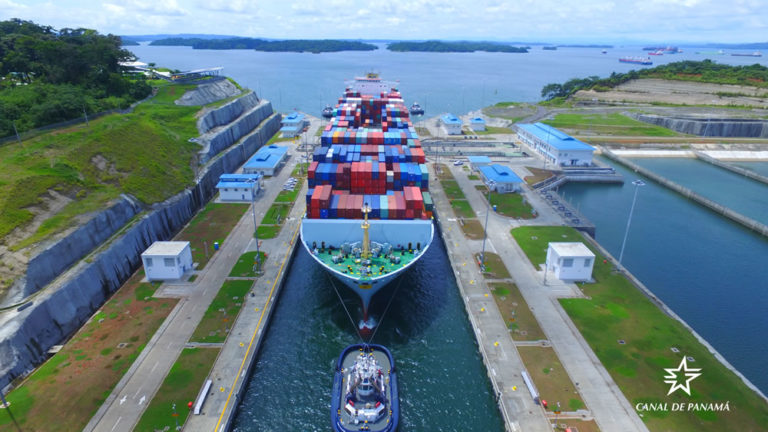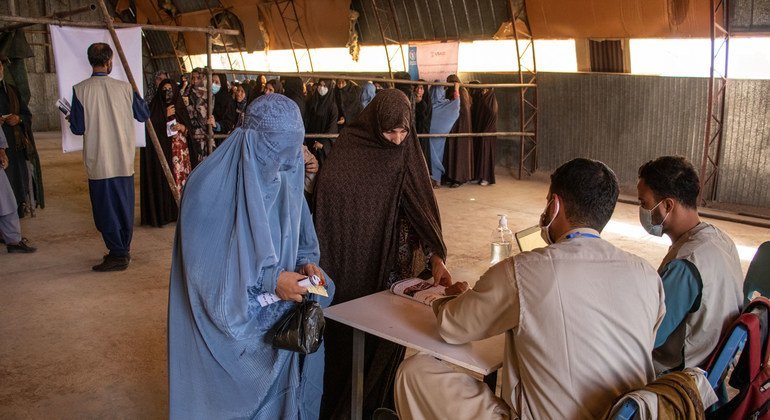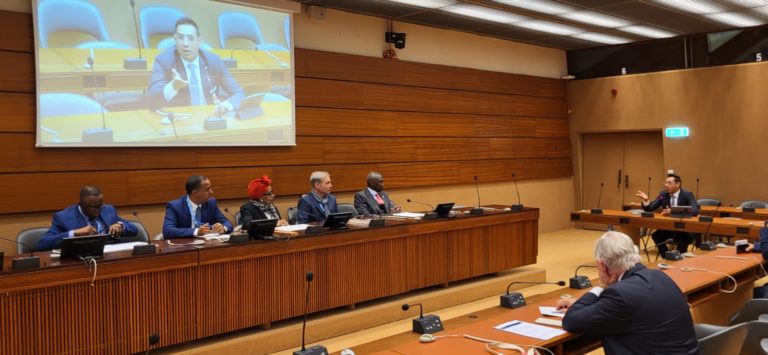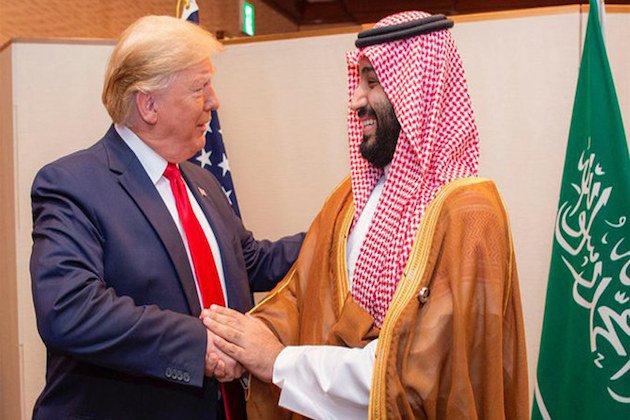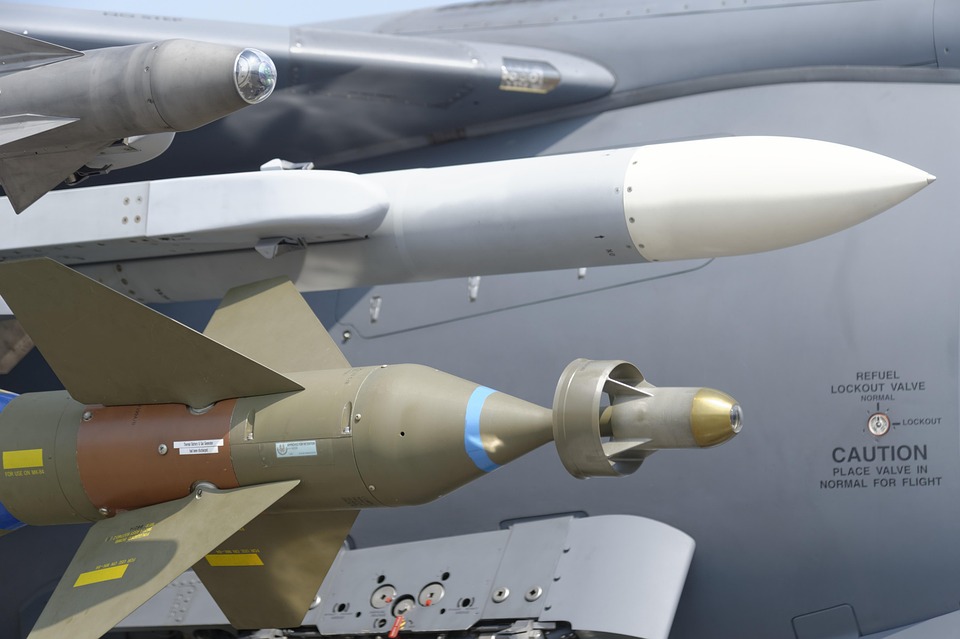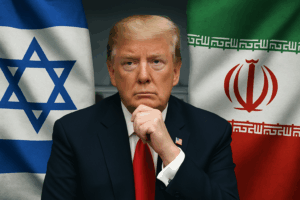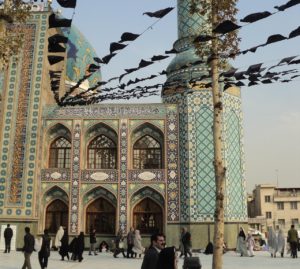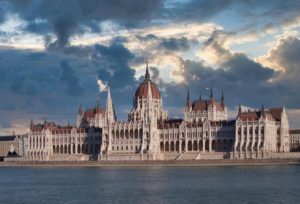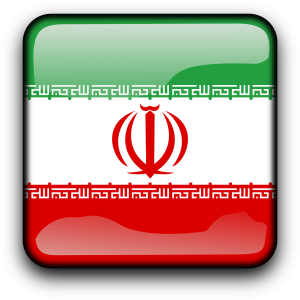
With several years of experience in international trade and global supply chain management, I have closely observed the economic and geopolitical dynamics shaping the global market. Away from the spotlight, a key theater of U.S.-China rivalry is unfolding in Latin America’s strategic infrastructure. The Panama Canal, a vital maritime trade route, is at the heart of this battle, but a new player is emerging: the Port of Chancay in Peru. This large-scale project, funded by China, opens a new gateway to the continent and strengthens Beijing’s influence over global trade flows.
China’s Growing Presence in Latin America
The Panama Canal is a crucial hub for international trade. Each year, nearly 6% of global maritime commerce passes through it, serving as a vital link between the Atlantic and Pacific Oceans. Historically, the United States has ensured that the canal remains under its influence. However, since Panama took full control in 1999, Beijing has skillfully expanded its presence.
Through its state-owned enterprises, China has increased investments around the Panama Canal, particularly by establishing a foothold in the ports of Balboa and Colón. Hutchison Ports, a subsidiary of the Hong Kong-based CK Hutchison Holdings, operates both ports at the canal’s entrances, steadily expanding Chinese influence in regional trade.
But China’s strategy goes beyond Panama. Beijing has recently launched a mega-project in Peru: the Port of Chancay. Built by Chinese shipping giant Cosco Shipping, this port is expected to handle nearly 130 million containers annually. The project is projected to generate $4.5 billion in annual revenue, equivalent to 1.8% of Peru’s total GDP. However, concerns persist regarding its environmental and social impact, particularly for local fishermen. The Peruvian government has sought to reassure stakeholders, estimating that 7,500 jobs will be created through the project.
Mexico: A New Strategic Battleground
In this U.S.-China rivalry, Mexico plays a crucial role. With 73% of U.S. goods transiting through the Panama Canal, Washington fears losing its influence over this strategic route. China is exploring alternatives by investing in Mexico’s Trans-Isthmus Corridor, a project designed to connect the ports of Salina Cruz (Pacific) and Coatzacoalcos (Atlantic) to create a land-based alternative to the Panama Canal. This initiative could further enhance China’s position in regional trade while weakening the U.S. grip on the region.
Trump’s Response to China’s Expansion
Donald Trump, whose “America First” policy is built on economic protectionism, could see this situation as an opportunity to reassert U.S. dominance. During his first term, he repeatedly condemned China’s global expansion and imposed restrictive measures to curb its influence. A new Trump administration might adopt an even more aggressive strategy.
Trump could encourage massive investments by U.S. companies to counter China’s influence in Panama and Mexico. He might also exert diplomatic pressure to strengthen ties with these countries and prevent them from shifting too far toward Beijing. Additionally, restrictive trade measures could be imposed on Chinese companies operating in the region.
An Economic War with Global Consequences
Beyond the Panama Canal and the Port of Chancay, the entire U.S. maritime supremacy is at stake. If China continues to consolidate its control over these critical trade routes, it could severely limit U.S. economic and military maneuverability. In the event of heightened tensions between Washington and Beijing, China’s dominance over Latin America’s maritime infrastructure could become a powerful strategic leverage.
As this battle unfolds, the future of global trade will hinge on the decisions made in the coming months. Will Washington take back the initiative against China’s growing influence in Latin America? One thing is certain: in this economic war, control over strategic infrastructure will be a key factor in shaping the global balance of power.
